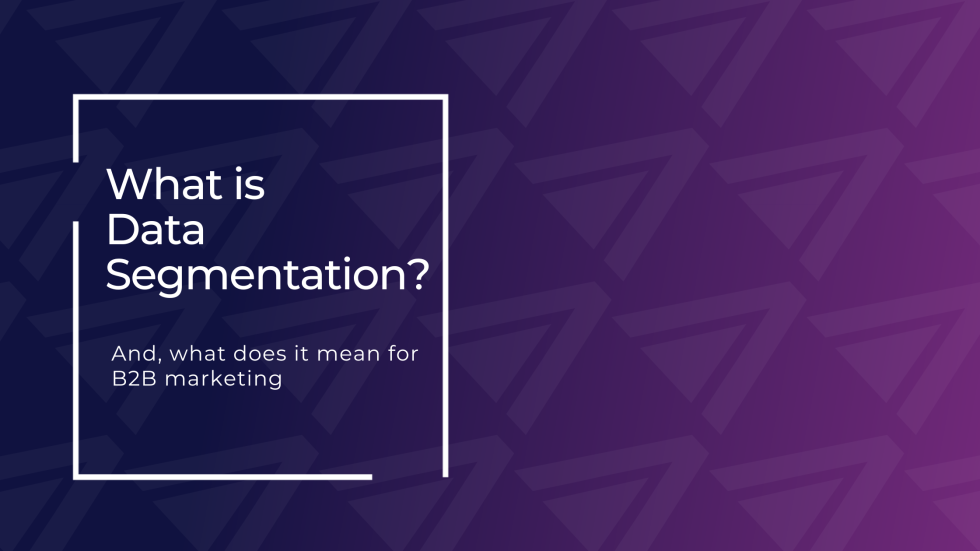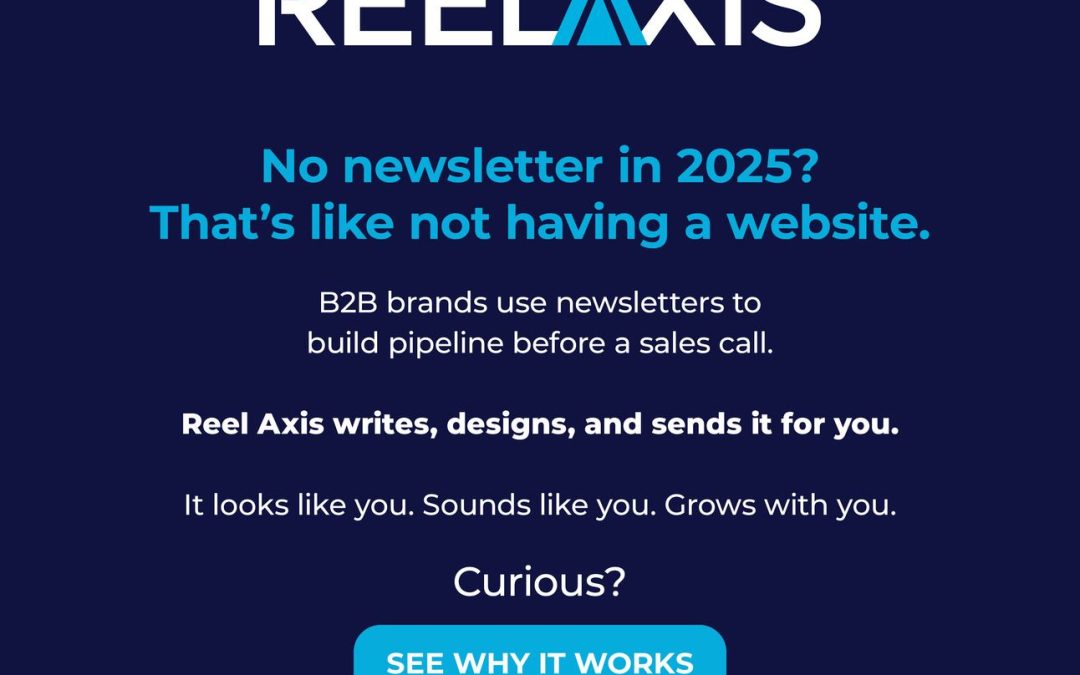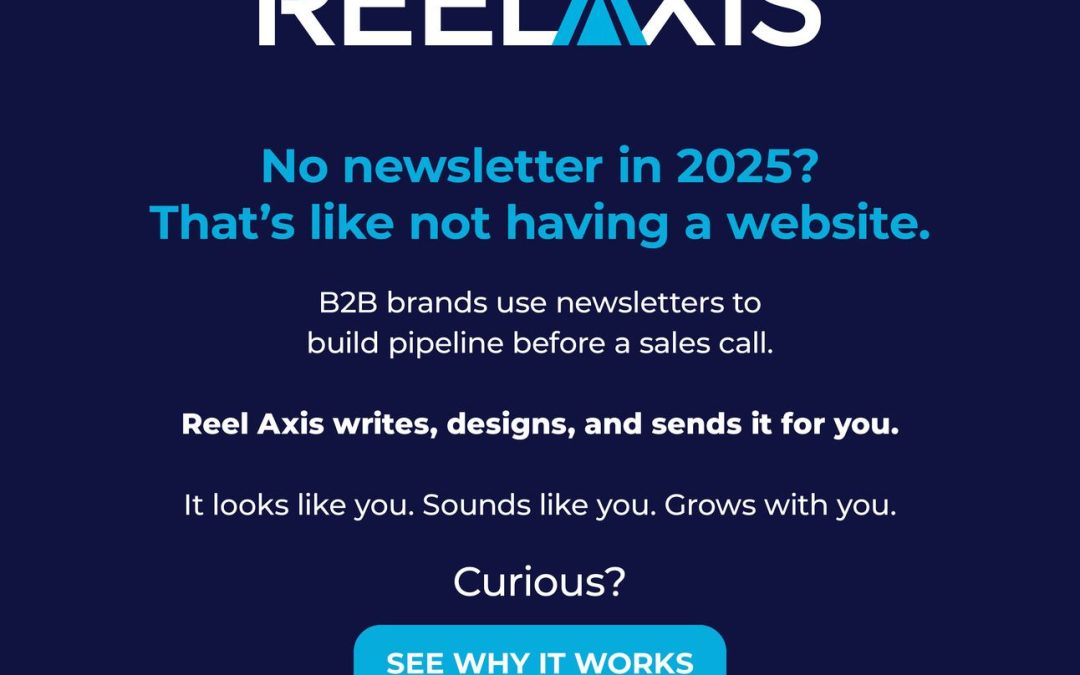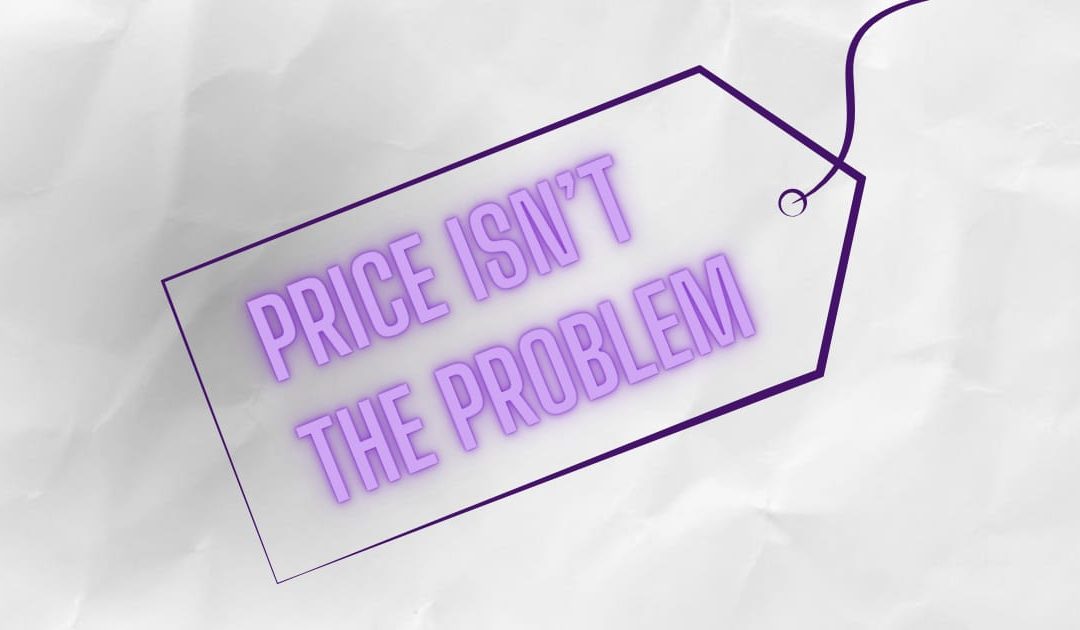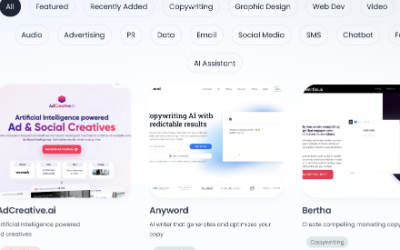You may have heard the term “data segmentation”—but what does it mean for B2B marketing?
Let’s take a look.
What is Data Segmentation?
At its core, data segmentation is the act of separating data into categories, which makes it easier to sort, analyze, and understand.
An example of data segmentation is how bookstores organize their inventory to make things easier to find.
When you step into a bookstore, how do you find a book that fits your interests?
You’ll probably look for the section labeled History, Fiction, or Art—whatever catches your eye—and start searching there.
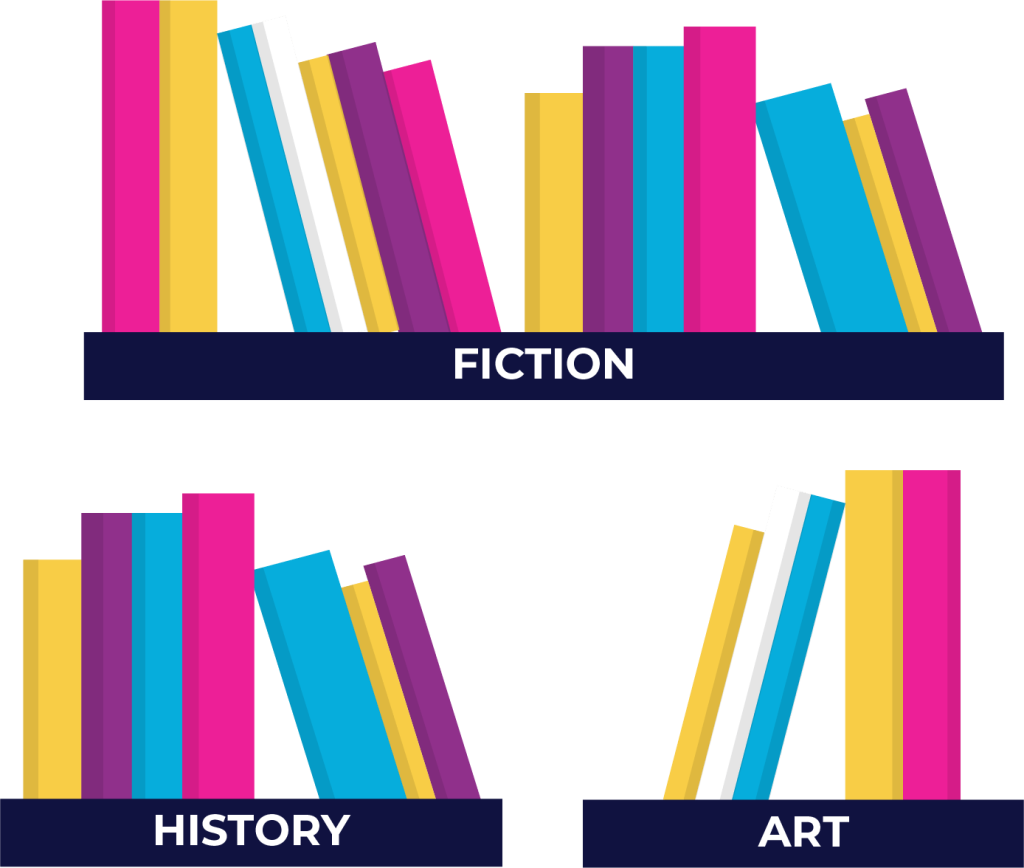
And if you’re buying a book online, you can narrow your search to books under $10, books published in the last year, or books written by the same author.
Data segmentation makes it possible to find books easily, because the huge catalog of books can be broken down into smaller categories like genre, price, and publish date.
That’s the big, overarching definition of data segmentation. But what does it mean for B2B marketing?
What is Data Segmentation in B2B Marketing?
When it comes to B2B marketing, the goal is to generate leads, convert them into customers, and keep them for the long term.
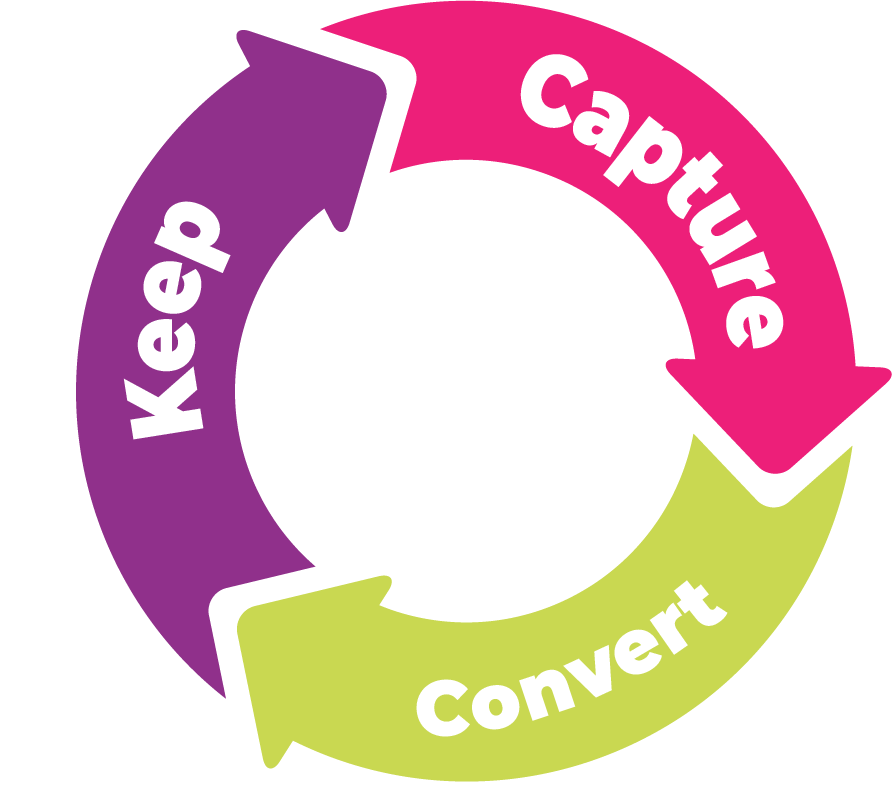
Therefore, the data B2B businesses care about is customer data.
This includes different types of information, like characteristics of the company, website analytics that show when the customer subscribed or visited a product page, or a company’s purchase history.
(There’s also something called intent data, which shows how close an account is to purchasing from you.)
This data is helpful for any B2B company to have.
But having all of this data in one giant spreadsheet isn’t going to help. You need to organize it a little bit to understand what the data means.

That’s where data segmentation comes into play.
You can segment customer data into different categories, like size of company, current needs, purchase intent, how they’ve interacted with your marketing funnel, and so on.
And the result of categorizing your data like this? A long list of benefits for your company, including:
Benefits of Segmenting Data
Better Analysis:
Segmenting helps you to quickly sort through data and see major trends without having to go through each data point one by one.
Identify Most Promising Leads:
When your customer data is organized, you can quickly make a list of your most promising leads and take action more quickly.
Better Sales Approach:
Understanding how each customer is classified can help sales teams put together a more targeted approach for each account, increasing the likelihood of a sale.
Better Results From Marketing:
When you segment customer data, you can also create specialized lists and audiences in your marketing platforms and target each segment with different marketing materials. When messages are more targeted to each customer, the customer is more likely to respond.
Increase in Revenue:
The expected outcome of segmenting is an increase in revenue, since you can find the most promising leads and increase your overall conversion rate.
Save Time:
No more spending extra time sifting through data or trying to convince someone who isn’t ready to buy. Dividing your customer data into categories will help you make the most of your time by helping you identify sales opportunities more easily.
Reduce Costs:
By saving time that might have been wasted on a lead that wasn’t ready to buy, segmenting can help you reduce costs in marketing and sales.
Ways to Segment B2B Data
So how do you actually break down B2B data into meaningful categories?
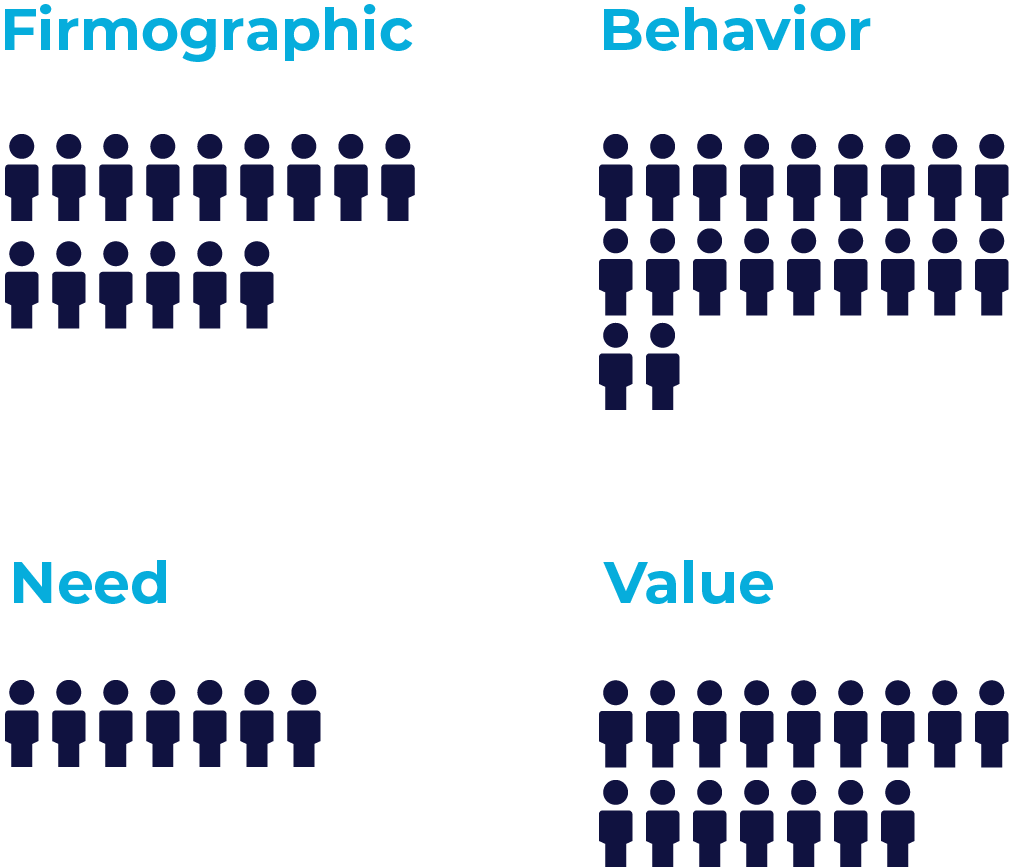
Here are the 4 major ways companies do it:
1) By Firmographic Characteristics
You can divide your data by specific firmographic characteristics, like company size, existing tech infrastructure, location, revenue, and more.
2) By Customer Behavior
How has each customer interacted with your funnel? Which have subscribed to your mailing list, visited your product page, or signed up for a demo? This also extends to your product. How often do they use your product? How many features do they use? How long have they been a customer? And so on.
3) By Need
This means dividing your data based on the needs of the company in question. What specific products or services would benefit them the most?
4) By Value
You can divide data based on the size of the potential deal or how close the customer is to purchasing. We’ve also written an article about lead generation in B2B marketing if you want to understand how it works.
Tips for Better Data Segmentation
Here are 5 tips for getting the most out of your data segmentation strategy:
Make sure your data is up-to-date.
Old data, or just plain wrong data, will hamper your ability to make good decisions. It’s good to check your data thoroughly to make sure everything is accurate.
Decide what data matters and what doesn’t.
Not all of your data is important—some of it is just noise. It’s important to decide what your marketing and sales teams should pay attention to, and what they can ignore.
Get more first-party data.
While it’s nice to get third-party data on your customers, nothing beats the insights you can get from your own website, funnel, social media, and surveys you collect. Don’t wait to start collecting data wherever you can.
Partner with an experienced marketing firm.
Firms like Reel Axis, with decades of experience in tech and marketing, can help you sidestep the common pitfalls beginners fall into and craft a personalized marketing strategy based on your goals.
Conclusion
Data segmentation is an integral part of B2B marketing. Now that you understand what it is, what’s the next step your business can take to make it part of your marketing strategy?

